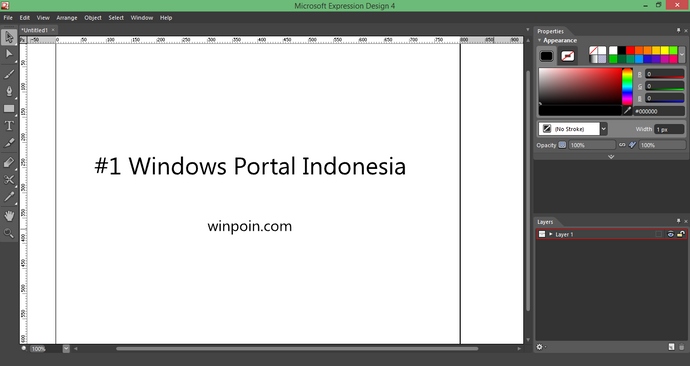

#MICROSOFT EXPRESSION WEB 4 TRAINING PROFESSIONAL#
My personal preference is for the edge to edge display but yours may vary.Micro expression Training can be used by a beginner, professional or expert. One option is to keep them as rounded buttons but to center them in the browser by adding:Īlternatively you can leave padding on the #nav ul at 0 and remove the rounded borders by adding "border-radius: 0 " to the #nav a in our new head section style block: What makes this unacceptible in my view is unequal margins with the left side being away from the side of the viewport. You can see that the design view display already looks better while it is almost acceptable in the browser: With a new size on the container you can see that we need to make changes. Now you will have an approixmate view of what the page will look like as you create the styles and a better view when you preview in browser. That way I can set a temporary width of 480px for the site container to see the affect in design view and when previewing locally. Since Expression Web design view is limited in what it can do, even the styles used in the menu do not render correctly in design view.ĭoes not understand or render queries I find it best to start with regular styles in the head section below the conditional comment section for IE 8 and below. Finally, using javascript or jQuery which is more difficult but maybe necessary if you are using dropdowns, flyouts or other more complex menus.Using a media query to send a secondary stylesheet which is the method we'll be using here.screen and (max-width: 480px) in the head section of your page works well when you only need to over ride a few styles but it is cumbersome to maintain.There are several ways you can send a separate set of styles to different devices or screen sizes. This is the point where you have to make a decision on what changes you want to make to your site when it is viewed on a mobile device. This is the fastest and easiest way to move your styles from the page to an external stylesheet. If you select all the styles in the first Current Page you can drag them down to the responsive.css page. Finally, you will see an empty "responsive.css" section. The second "Current Page" section applies to the conditional IE 8 and lower styles. The first "Current Page" section refers to all the styles that we created for page layout and the existing menu. Now when you look in the Manage Styles panel you will see three sections. This will create the link to the external styelsheet for you. Now from the Folder list grab the newly created stylesheet with your mouse and drag it over the design portion of your open page in the document window and drop it. In this case I've named it "responsive.css". Typically I would name by stylesheet the same as the website. To do that right click on the local site folder you are working in and create a new empy css file.

To accomplish this the first thing I would do is to move the existing styles to an external stylesheet. Then create the styles so that when viewed on a cellphone or other device.

.svg/1200px-Microsoft_Office_logo_(2019–present).svg.png)
I'm going to begin with the CSS 3 Horizontal menu tutorial.
#MICROSOFT EXPRESSION WEB 4 TRAINING HOW TO#
Given the interest in responsive design I've been seeing I thought I'd show you how to create a simple horizontal menu that turns into a stacked vertical menu on cellphones and other small format devices.


 0 kommentar(er)
0 kommentar(er)
